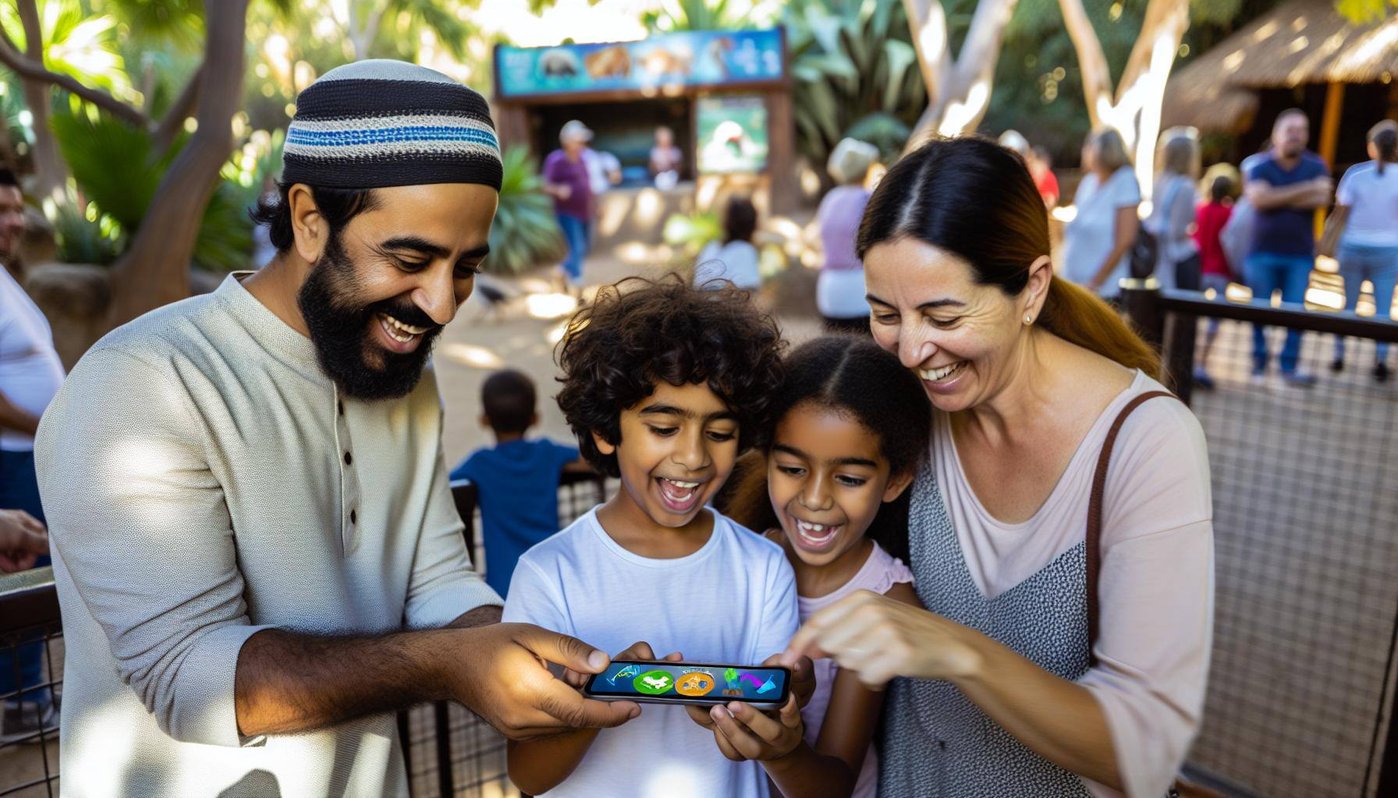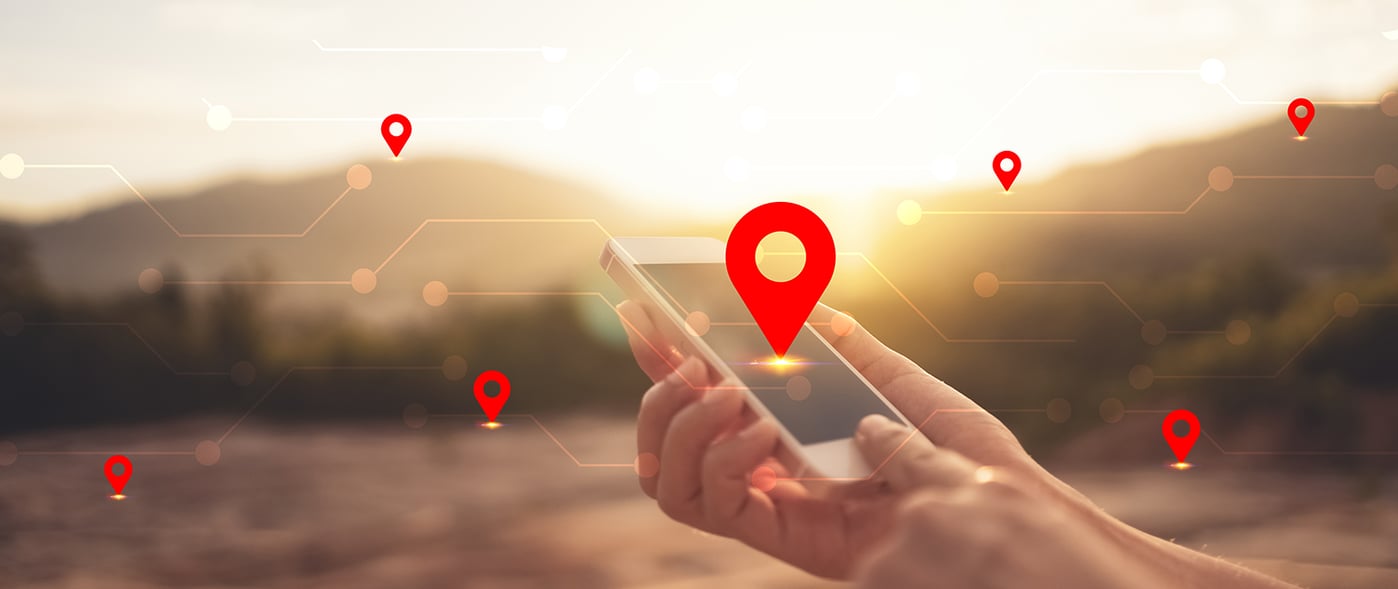Skills That Will Take The Visitor Attraction Sector
Forward.
Changes in customer behaviour, technology, regulation, and the impact of Covid-19, point to visitor attractions upping their skills and capabilities when it comes to audience engagement.
This past weekend, 1 May 2022, the world acknowledged International Workers Day. With ‘jobs’ constantly evolving, influenced by the ever increasing use of technology, new skills are required to prepare our workforce for the jobs of tomorrow. Now more than ever, there’s no better time than to take a quick look under the hood of what’s happening in the visitor experience and attractions sector from a digital technology perspective.
Data, as we know, is the world’s new super-precious commodity, whose value, once unlocked, can be central to the success of most businesses. But to do so with any meaning, requires new skills, as well as a new perspective, especially for the visitor attractions sector on the cusp of melding their offerings with 21st century technology, to attract and retain audiences.
Over the past 25 years or so of the Information Age, we have amassed a veritable treasure trove of insights into our behaviour, gathered from every online activity, bank transaction, and each time we check in on social media. Understanding what to do with this data has necessitated the growth of new businesses and new jobs dedicated to interpreting these layers of information and turning them into useful insights that can help businesses prosper.
Understanding audience behaviour is a critical factor in any industry, and none more so than in the visitor attraction sector is re-evaluating how it operates and derives its income, thanks to the recent pandemic and its attendant dearth of visitors.
It all starts with realising that data transformed into usable insights, equals revenue.
Technology in the tourism industry has already influenced several aspects. AI, for example, has given rise to robot concierges, online booking systems, chatbots for communication, virtual guides, and hosts.
With all this automation, there is a risk though that it will de-personalise and dehumanise the hospitality sector, which is all about people. Yet, technology can be used to enhance the personal touch and something which the visitor attraction sector is beginning to use to great advantage.
Alongside investments in hardware and software, there is often the upskilling of personnel to meet the challenges faced by introducing new technology. Just like other sectors, the growth in digital customer experiences and broader omnichannel environment, has created a greater need for skills in customer experience design, data and for employees who can work across channels. For visitor attractions running on lean resources, the thought of digital transformation, therefore, can seem a costly and daunting exercise.
Yet it does not need to be.
In a May 2019 Next Tourism Generation Alliance study looking at the UK tourism sector, including visitor attractions, it was noted that: “there is a deficit of digital skills across the industry.” The same report also notes that many operators lack the necessary budgets to upgrade their technology frameworks and infrastructure, thus negating that they will in effect, streamline and improve business operations. It’s a Catch-22 situation and one that persists, despite the rapid uptake of technology during and post the COVID-19 pandemic.
The research does, however, point to the fact that larger organisations have started to invest in digitalisation to improve the visitor experience and enhance storytelling. Most organisations across the sector, recognise the value that digital brings to marketing efforts using social media to build a brand and reach new audiences, and given that their audiences of tomorrow are digital natives and are already here, the imperative to embrace digital and transform their offerings and experiences is essential, now.
Advances in technology, especially over the past 24-months as influenced by the pandemic, can do so much more to assist attractions in upping the engagement and the enjoyment of their visitors, as well as streamlining operations – and it need not necessitate significant upfront investment , nor require outsourcing to external providers to operate.
In an OECD Tourism Trends and Policies review in 2020, it was noted that: “Realising the benefits from the digital revolution will depend on a combination of investment in digital infrastructure, as well as the skills development of human capital and innovation in business models and processes (OECD, 2019d).
“Such investment will be key to opening up the opportunities from the digital transition for tourism SMEs. This requires investment in the skills and technical inputs needed to facilitate the adoption and effective use of new technologies, but also in organisational change, process innovation and new business models, otherwise referred to as ‘knowledge-based assets’ (OECD, 2018c).”
Whilst the bulk of this report looked at the tourism sector as a whole, the lessons apply to the experience economy of 2022. One such innovation and knowledge-based asset that is revolutionising the visitor attractions and experience sector, is the development of cloud-hosted Software as a Service (SaaS) platforms.
From a skills perspective, the likes of n-gage.io, are simple and quick to install audience engagement platforms that are also easy to operate. Critical in an environment in which personnel are often responsible for more than one portfolio.
Built for the experience economy, audience engagement platforms can be operated by specialist audience engagement or experience managers (a growing category of employment opportunities within the visitor attraction sector), as well as incumbent marketing and communication officers.
The benefits of deploying these smart platforms and their attendant apps are innumerable – many of which we have written about in past articles – see 9 ways to up Audience Engagement and It’s All About the Numbers. It is safe to say, though, that the digital transformation enabled by these platforms, is delivering visitor experiences in novel ways that increase value for both operator and visitor, and assists in diversifying revenue, and quickly too – a boon for visitor attractions still rebounding from the devastating effects of global lockdowns.
In short, an audience engagement platform is an always on, a cloud-hosted platform on the operator side, that spins out an audience experience app (either as a PWA or Native app) on the visitor side. The operator can load all manner and depth of content and information, which can be pushed to the user, and which can be unlocked or activated via beacon technology or object recognition, all triggered by using a smartphone’s camera or Bluetooth technology.
Built-in tools can monitor dwell time and engagement providing feedback and behaviour tracking, all important when creating a more personalised audience experience. They also deliver enriched and deeper learning experiences in fun and truly engaging ways that create lasting memories turning visitors into loyal fans.
Whilst digital will never replace the physical attraction, working in concert with one another can and does, provide the ultimate visitor experience.
What is clear though, is that as vital as the content that attracts visitors to an establishment in the first place, are the mechanisms, channels, and technologies to engage with that visitor every step of their journey, (pre, during and post visit), and the digital skills to gather that information, interpret it and then create the means to turn engagement into value-driven sustainability.
Do you have what it takes to drive your visitor attraction forward?
To discover more about audience engagement platforms and how they can help you develop the skills needed to drive your business sustainability, get in touch, or request a demo.
/Blog/Skills%20That%20Will%20Take%20the%20Visitor%20Attraction%20Sector%20Forward%20.webp?width=2560&name=Skills%20That%20Will%20Take%20the%20Visitor%20Attraction%20Sector%20Forward%20.webp)
/Blog/Authors/Bryan%20circle.png?width=90&name=Bryan%20circle.png)



/Blog/Authors/PHOTO-2022-05-06-14-05-59.jpg?width=90&name=PHOTO-2022-05-06-14-05-59.jpg)
